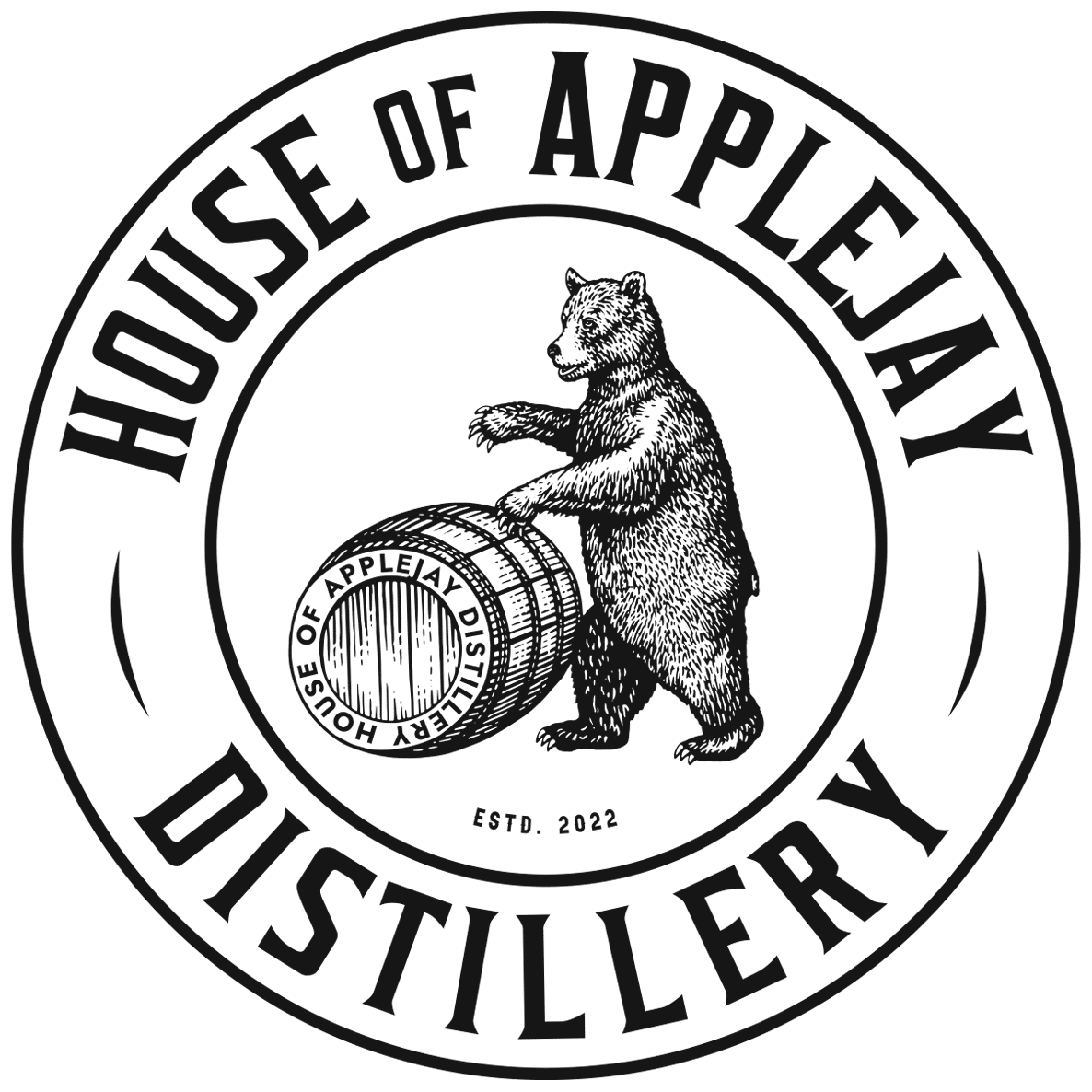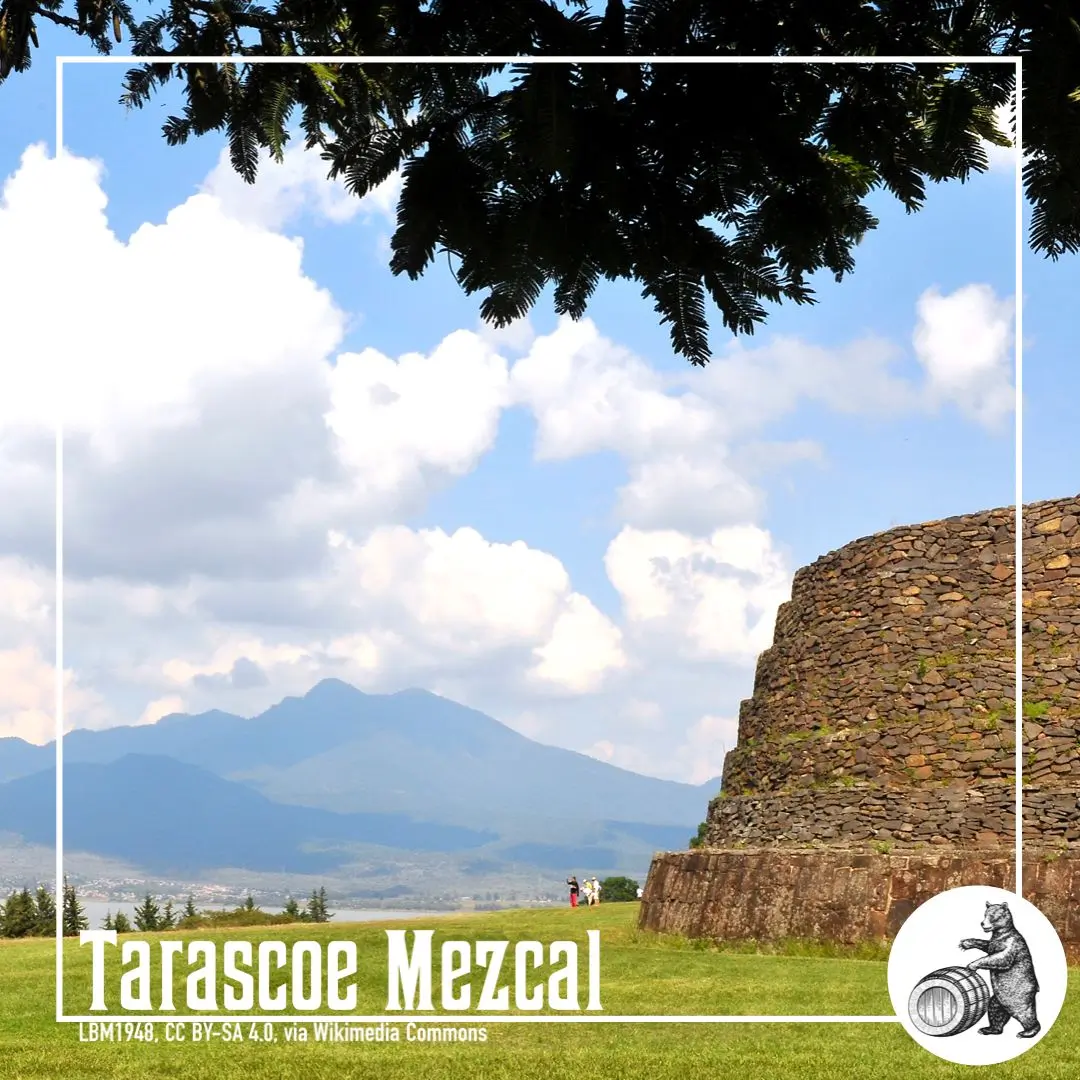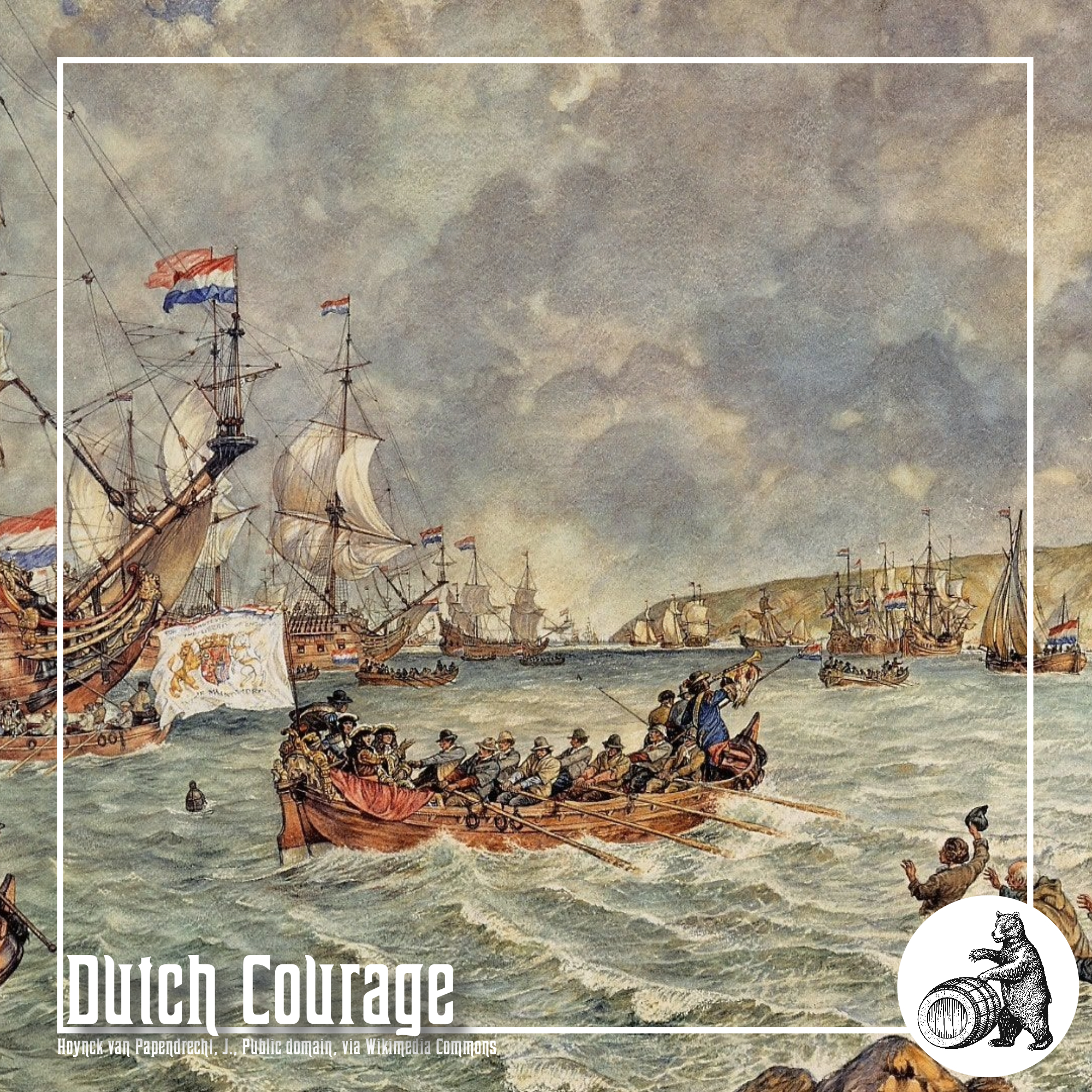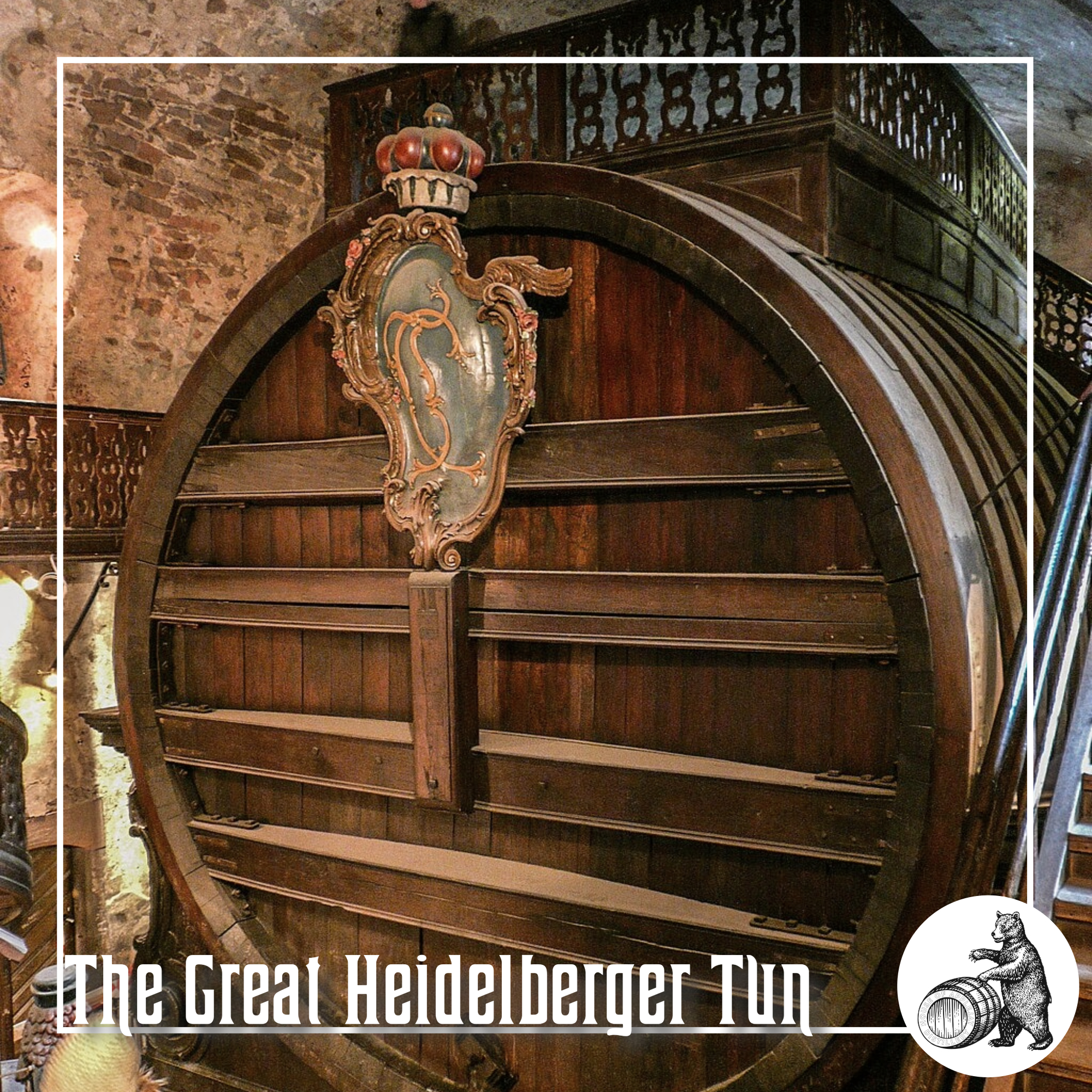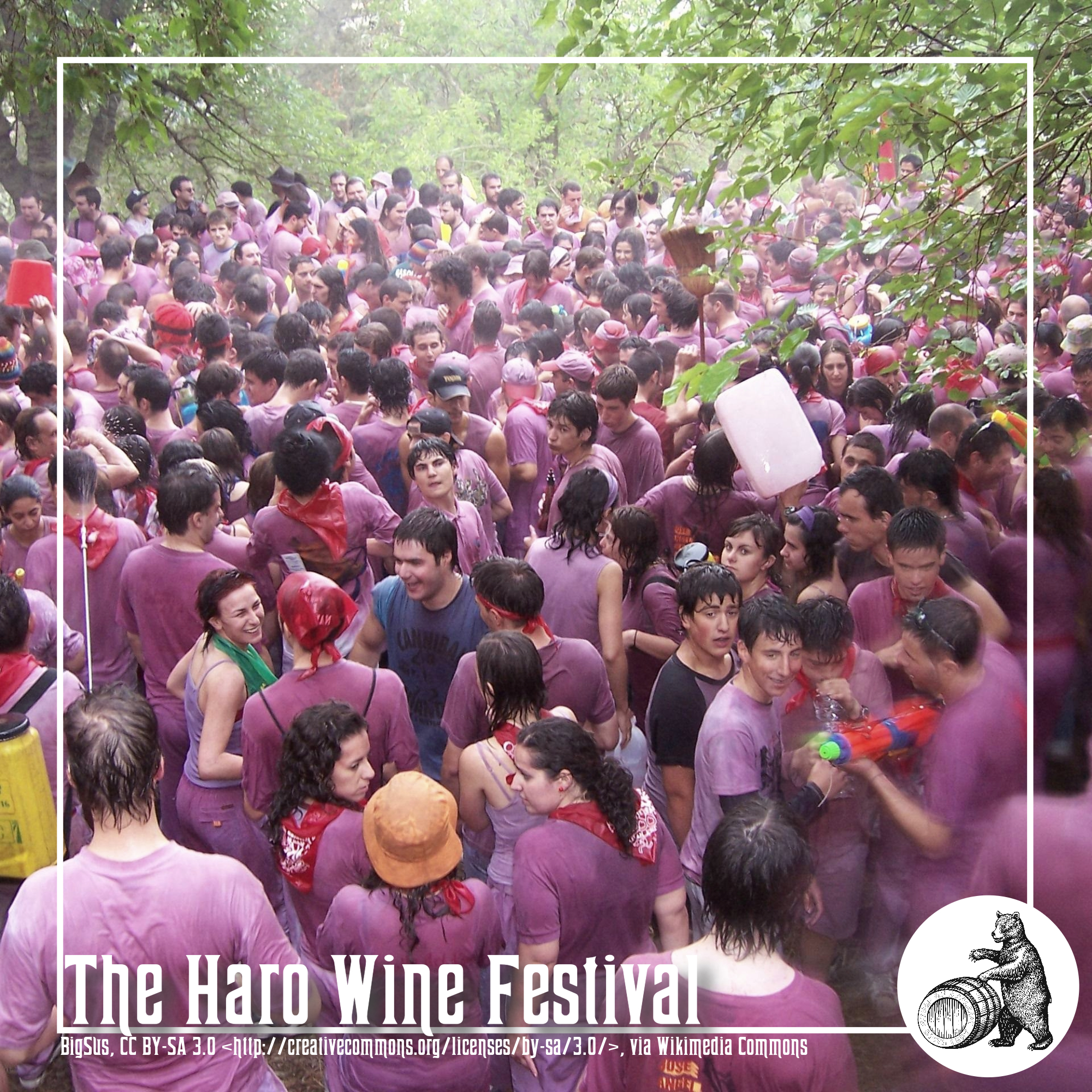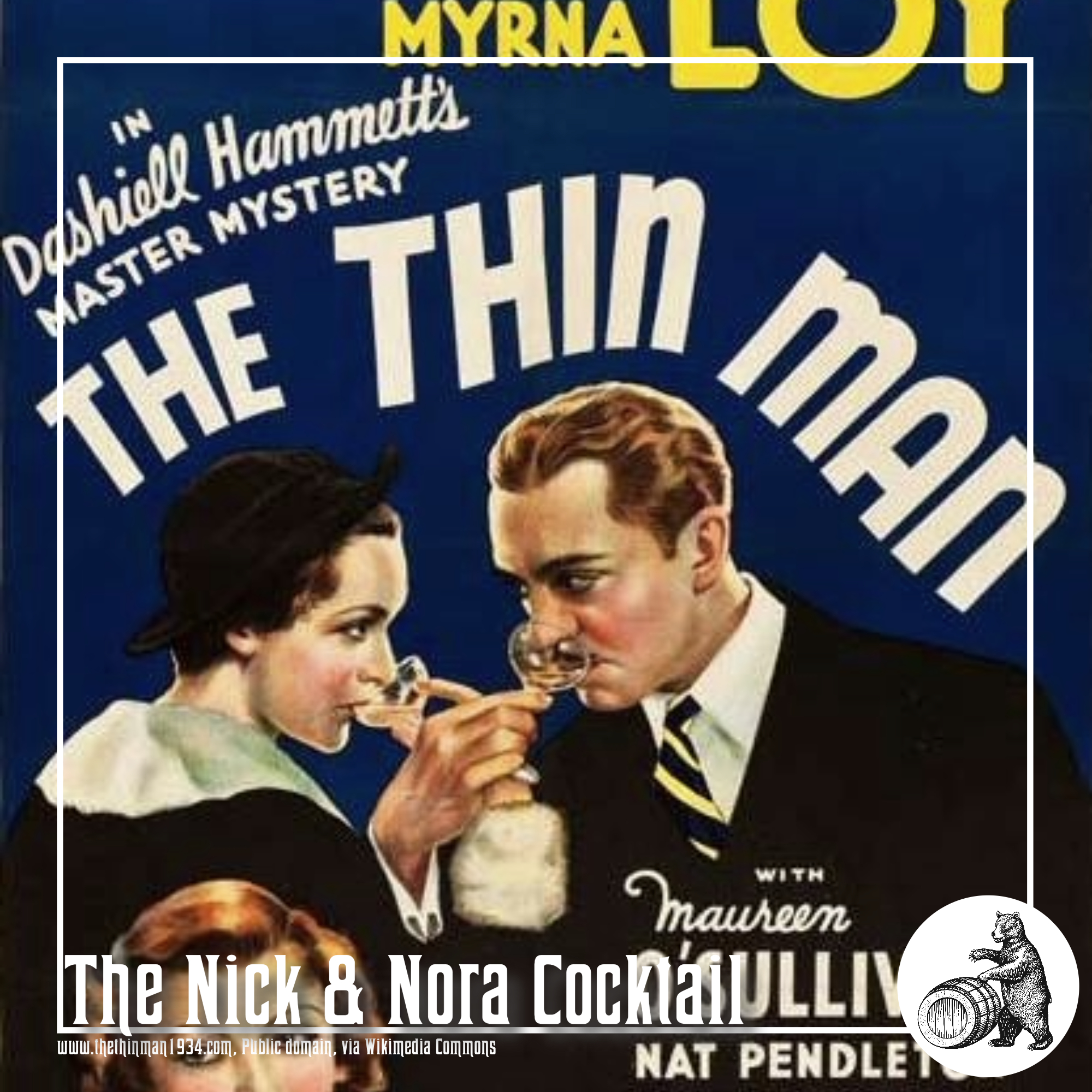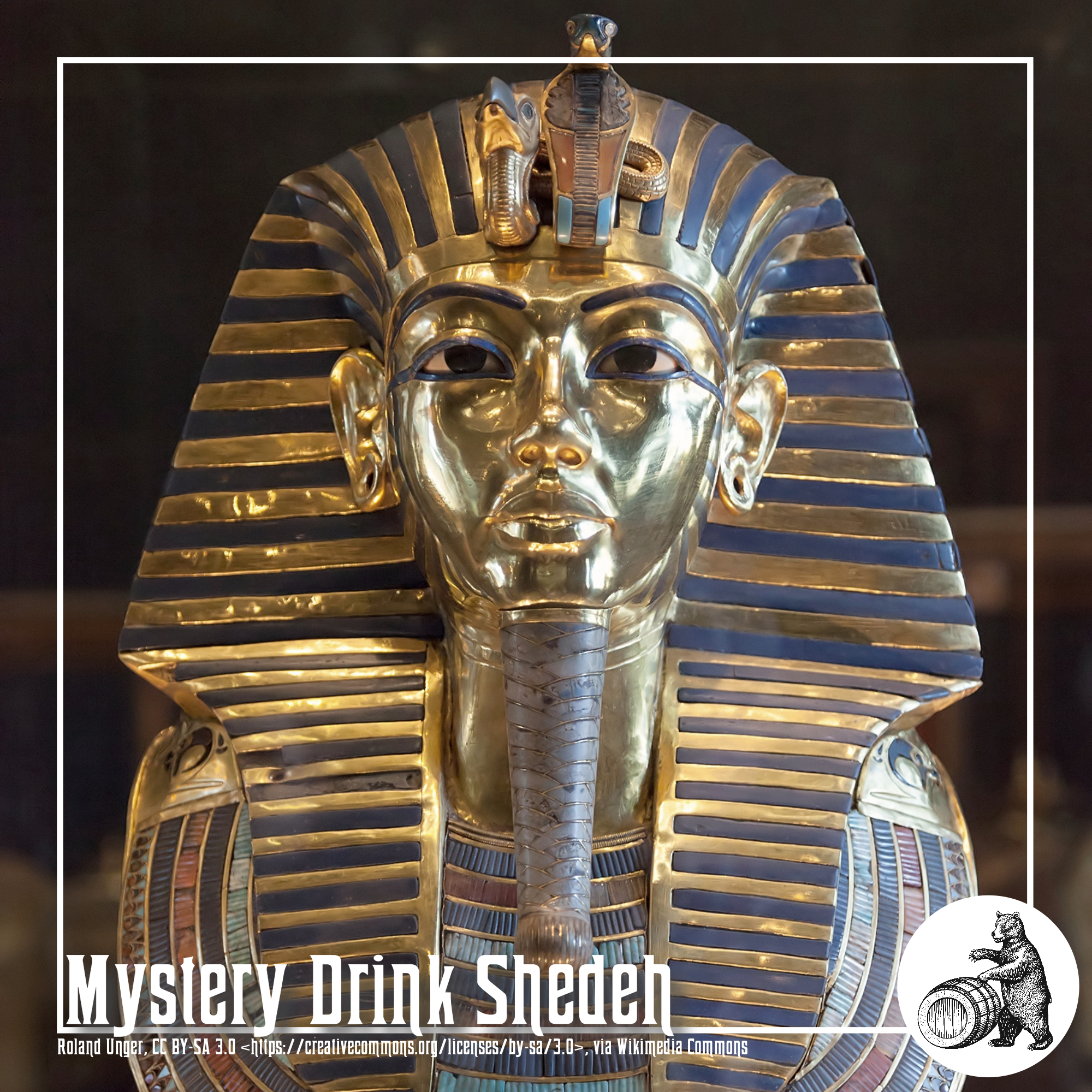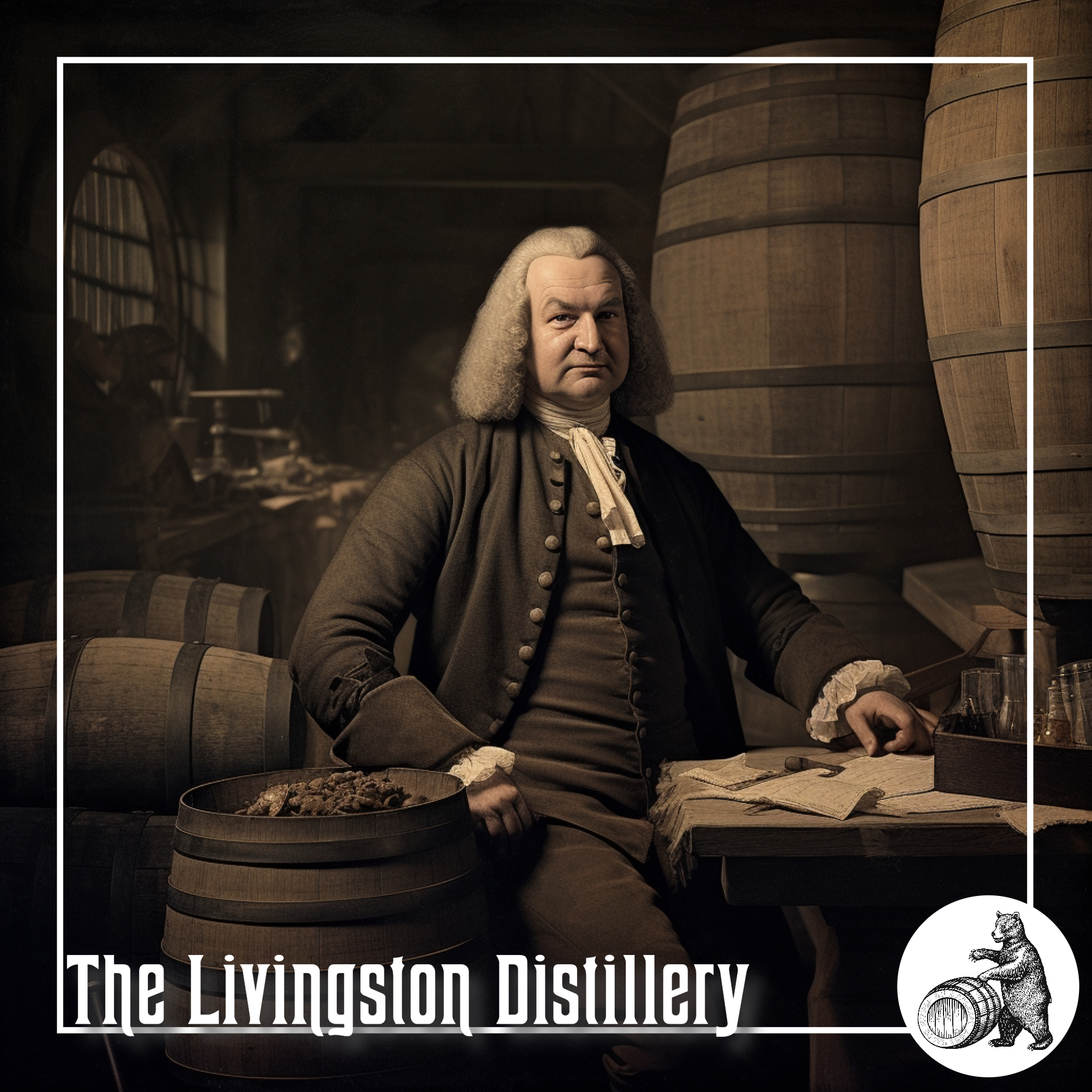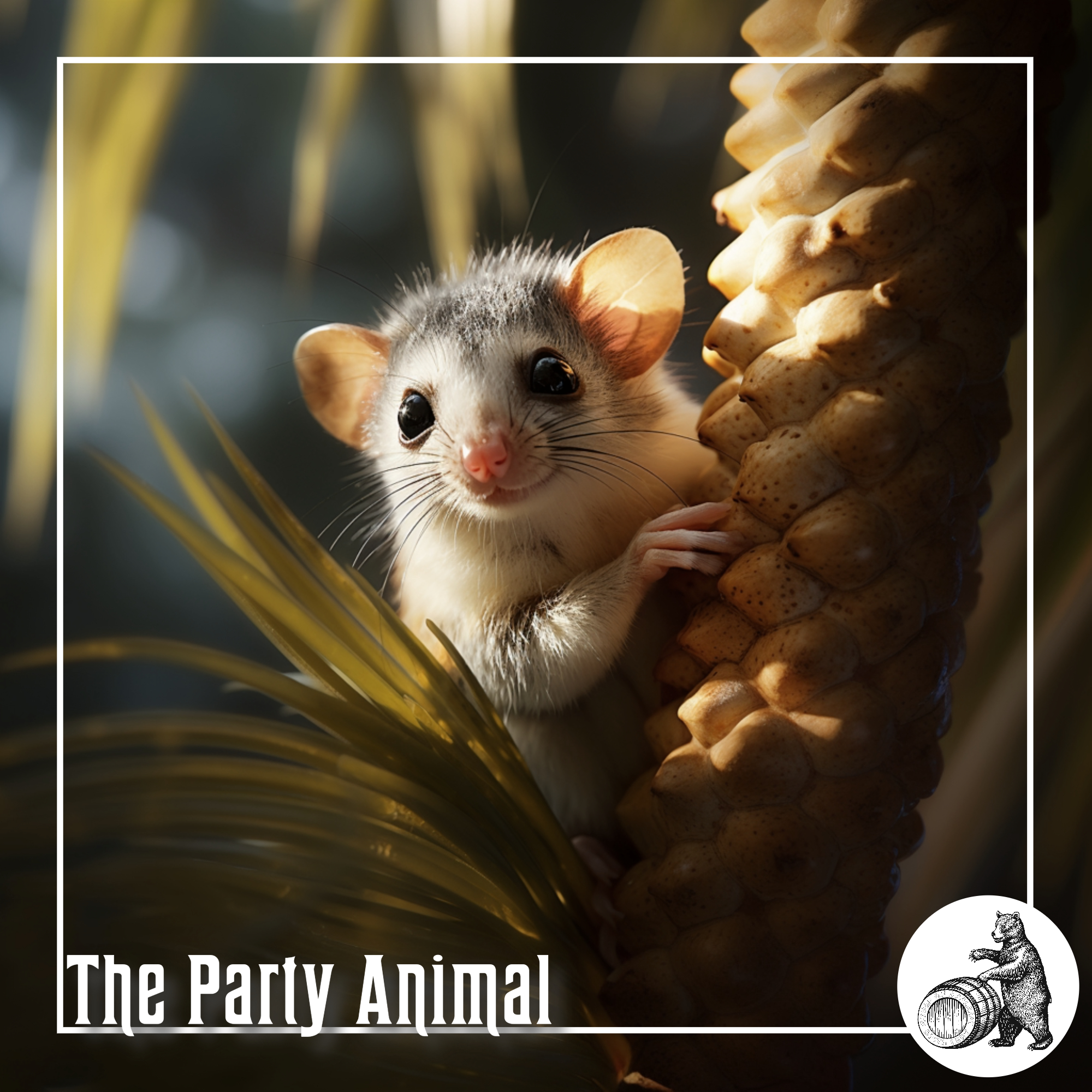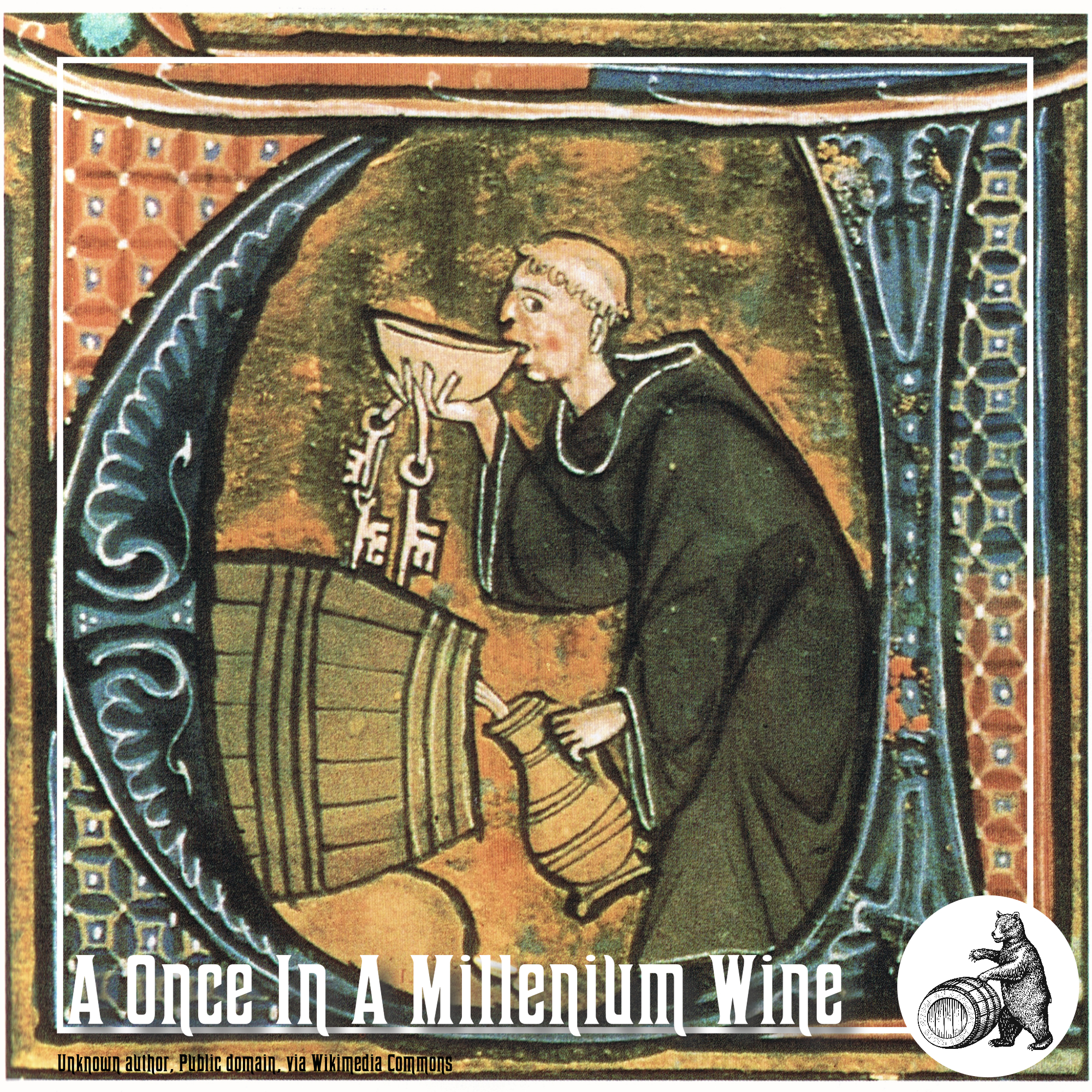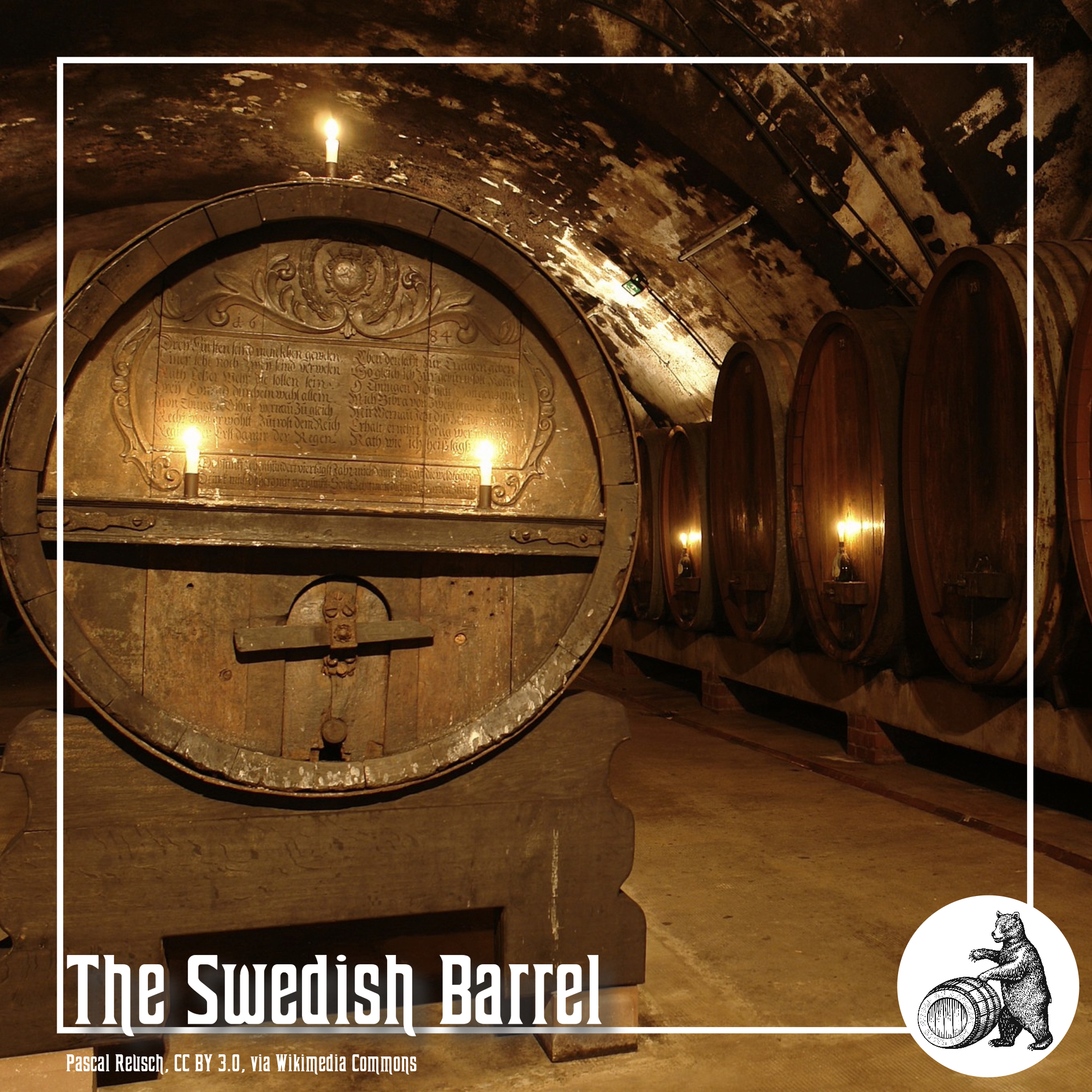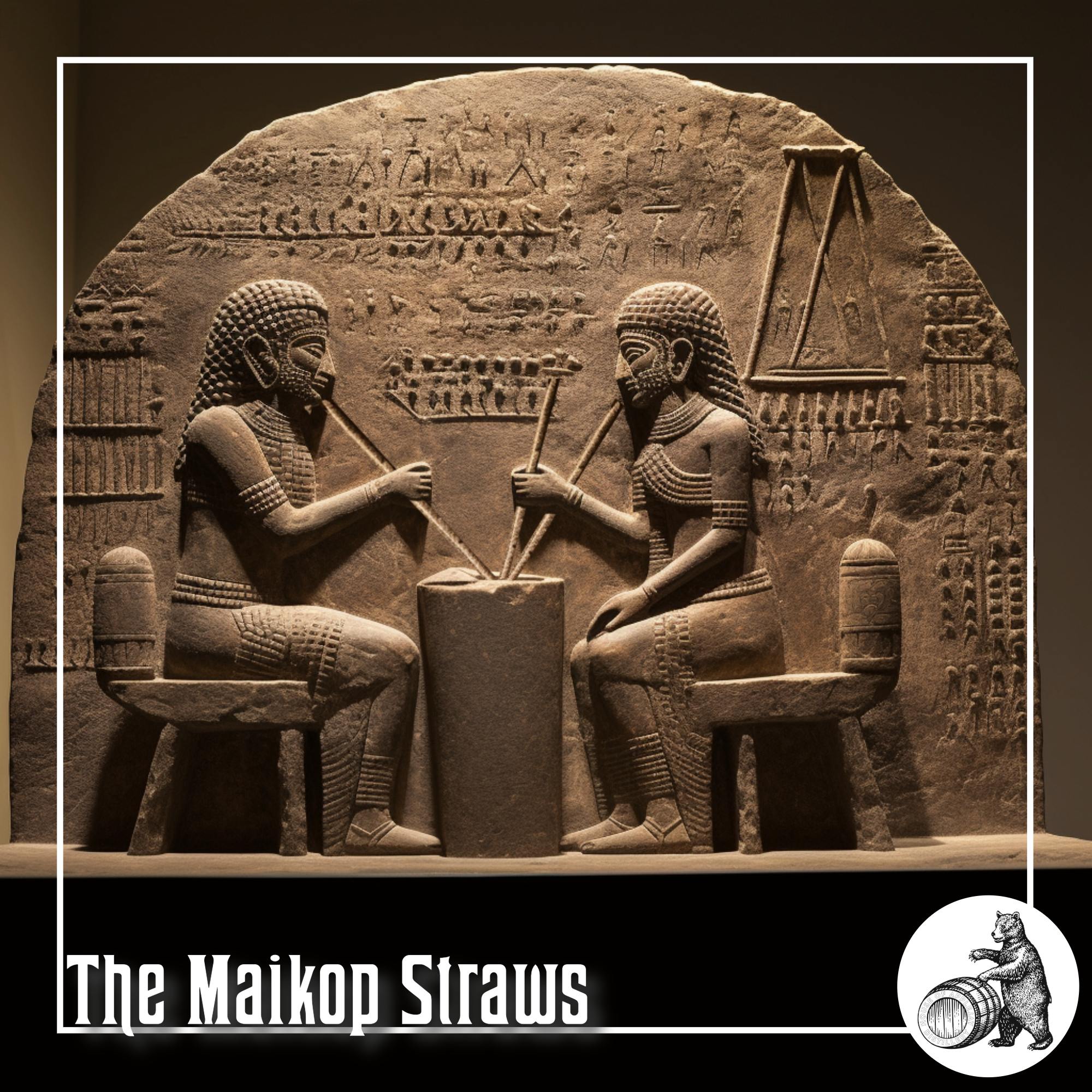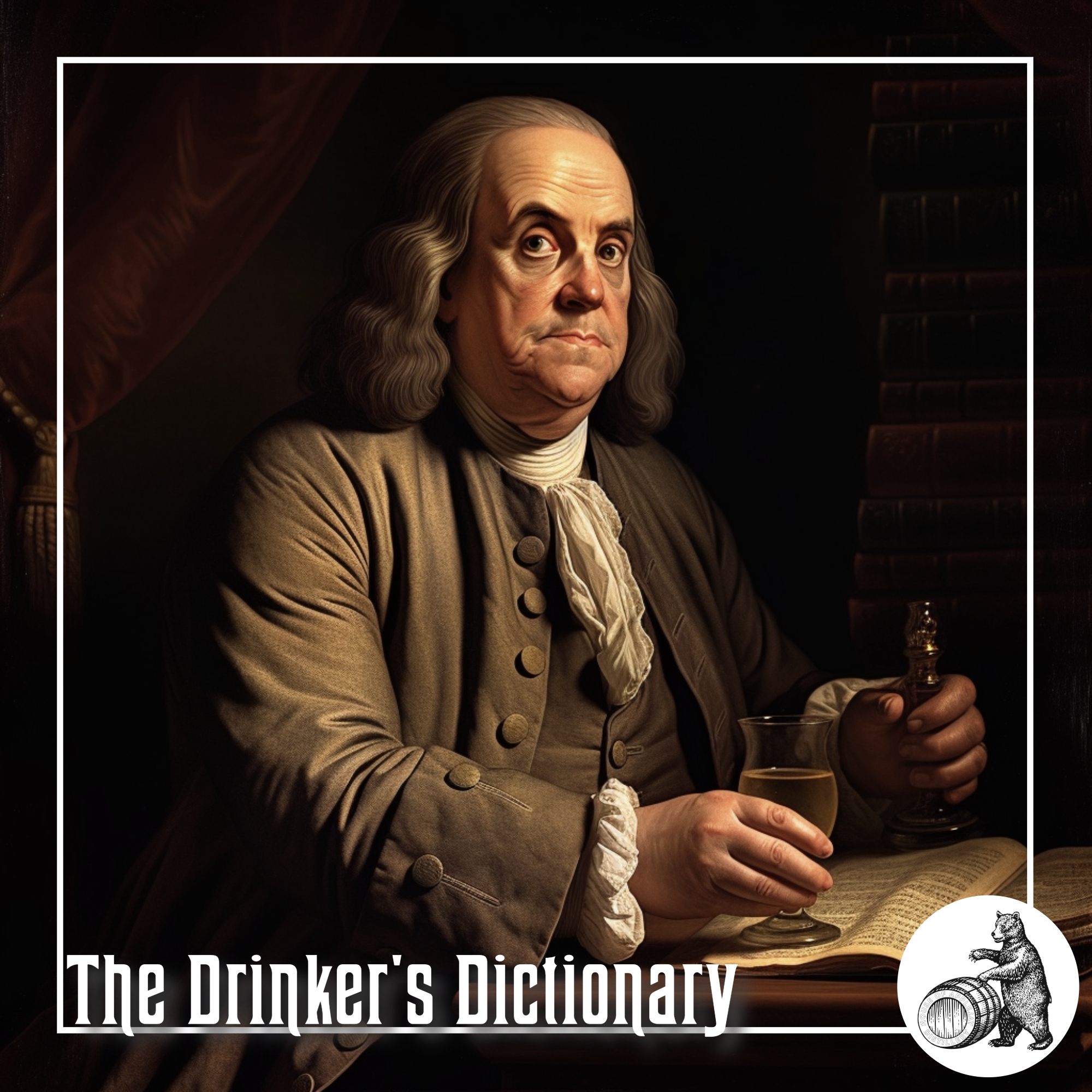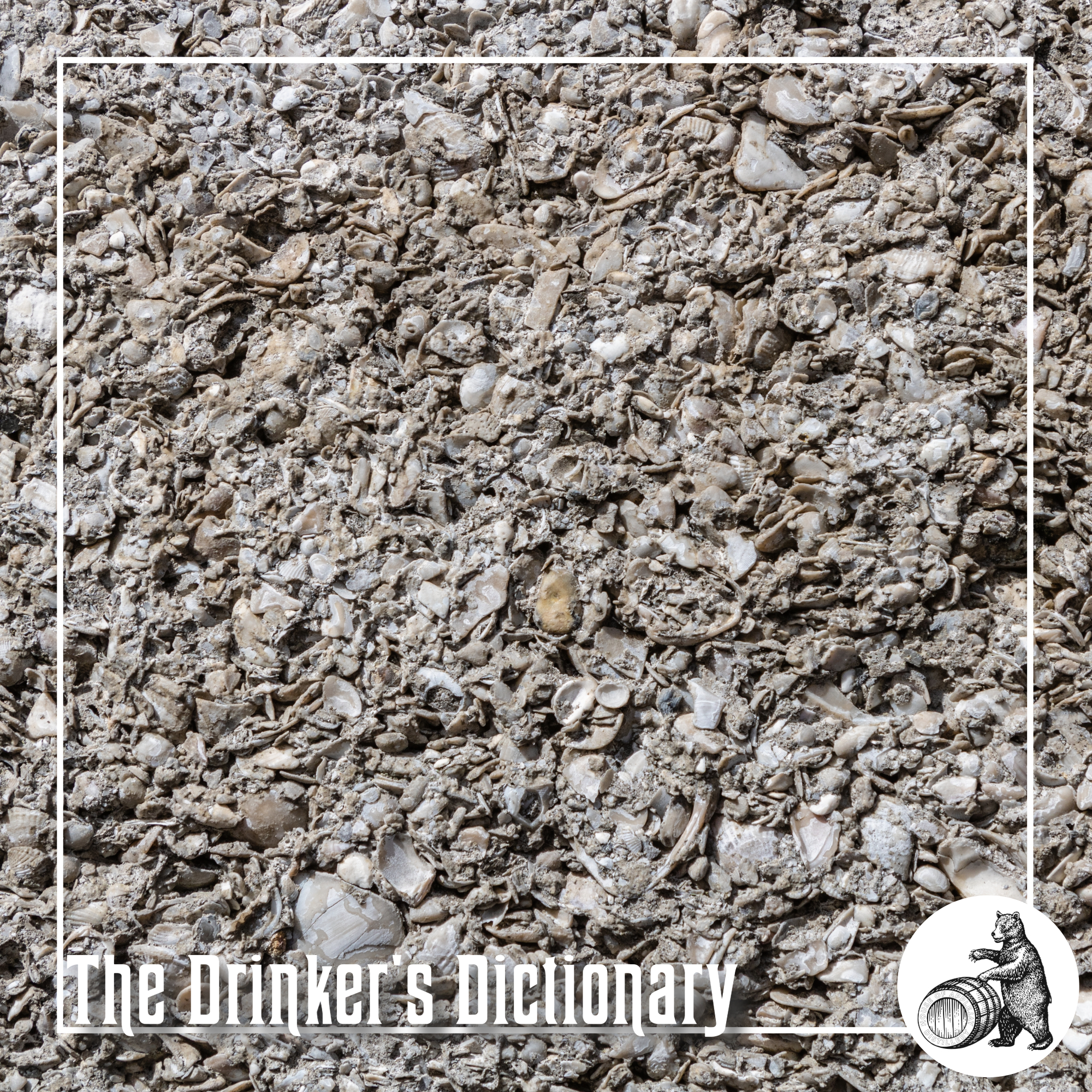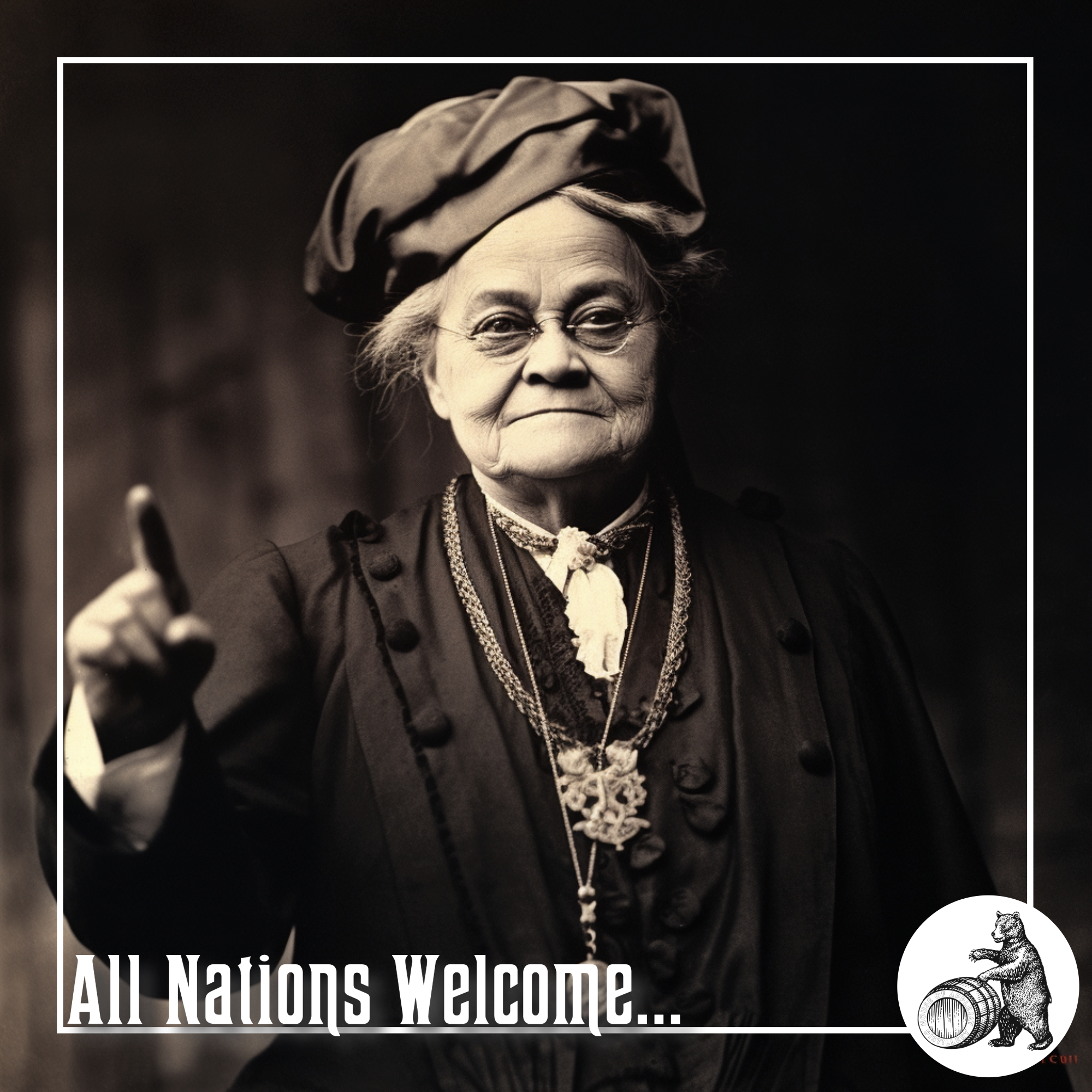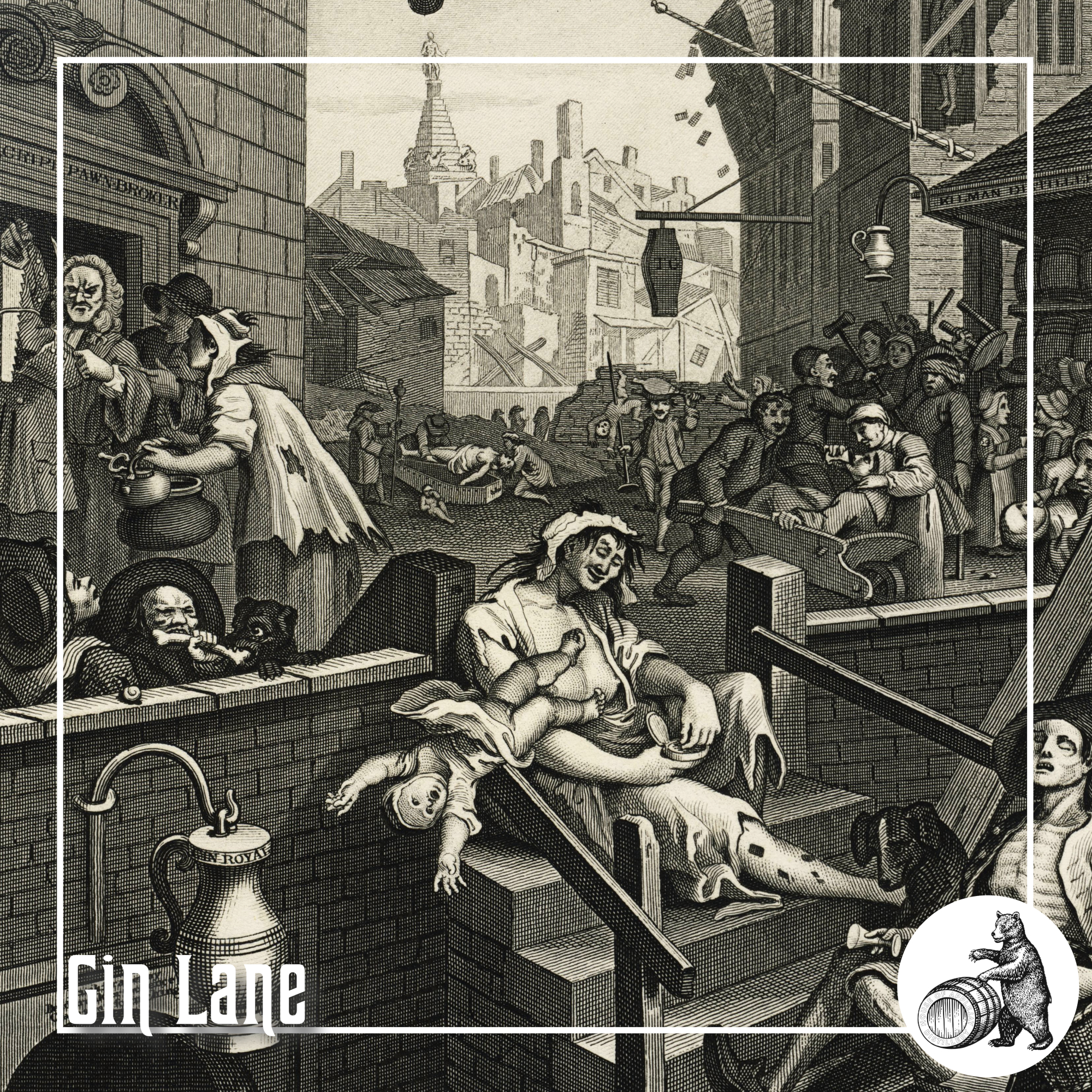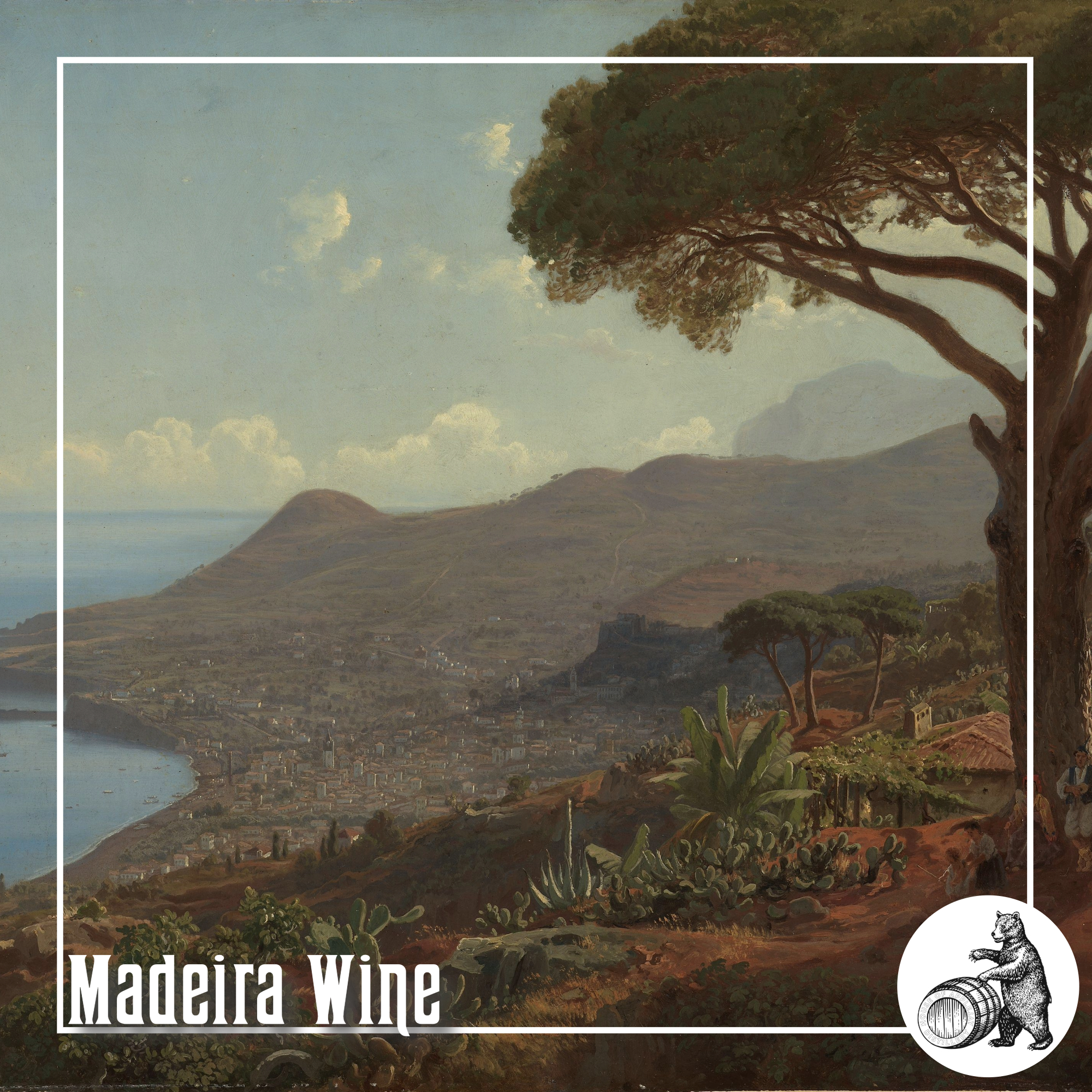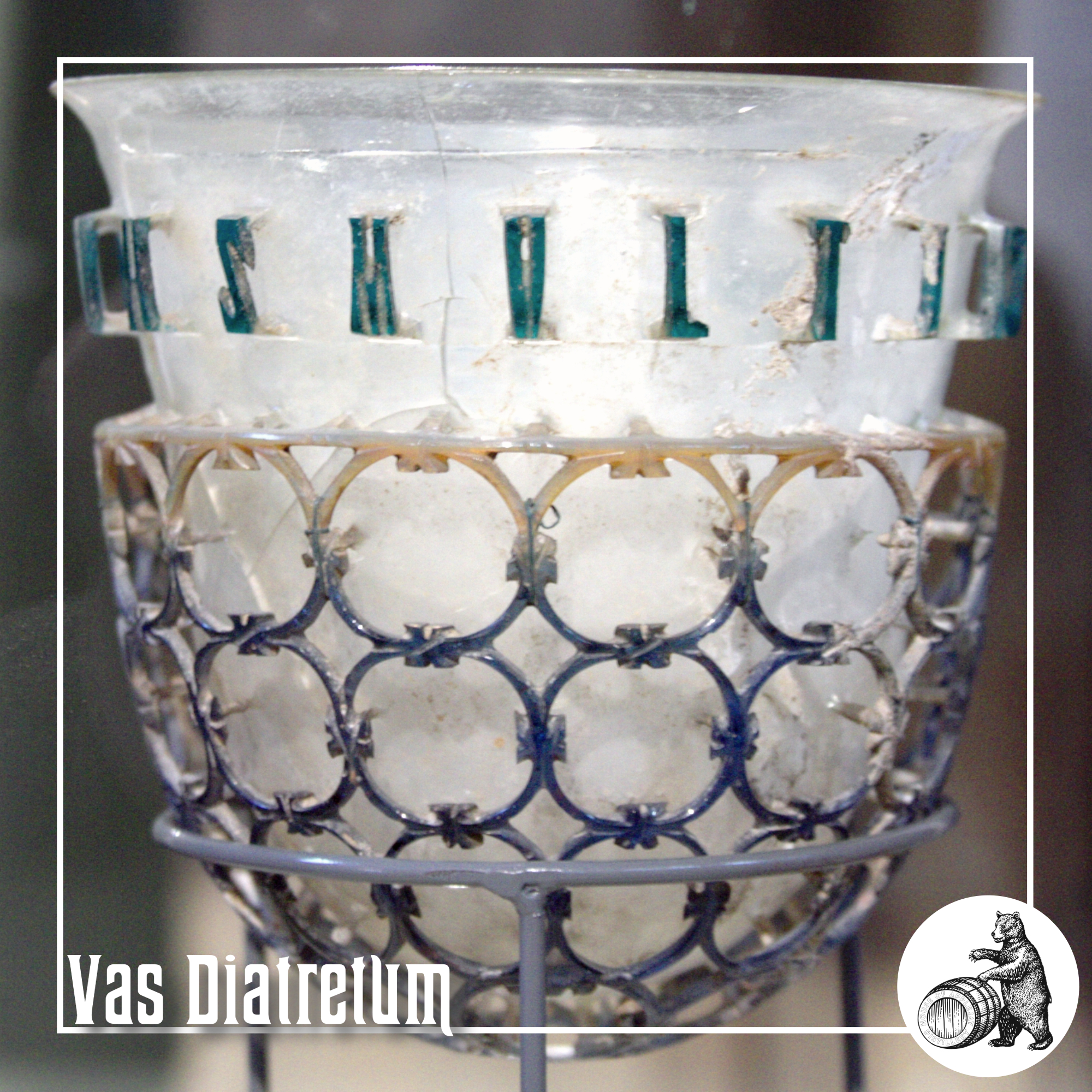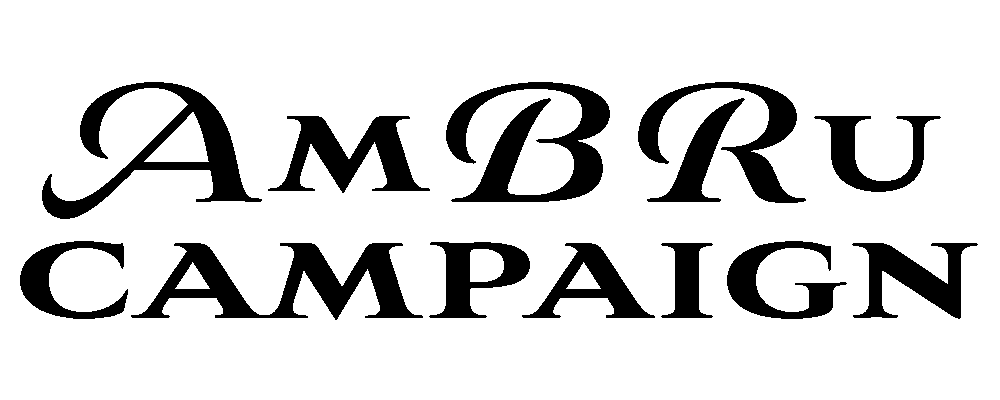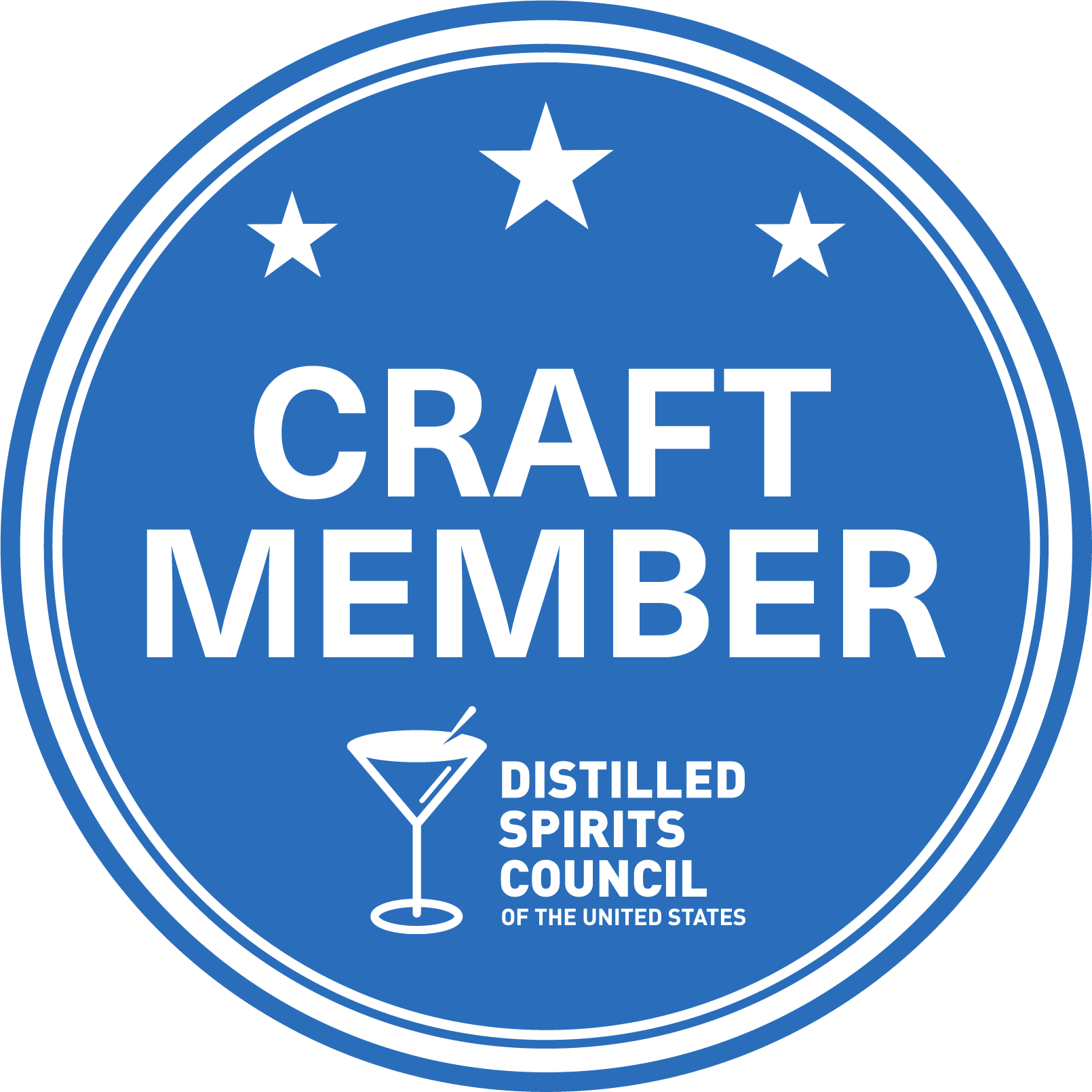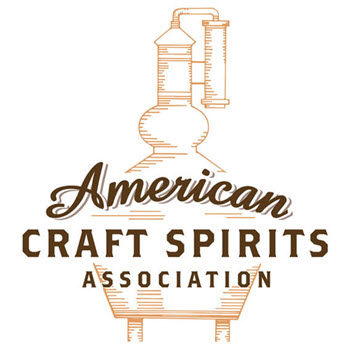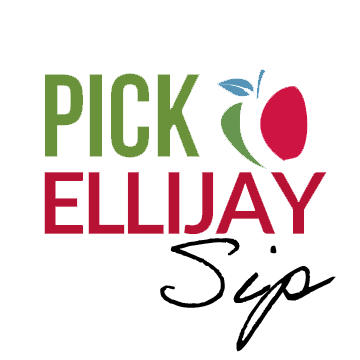House Of Applejay blog | All Categories
Tarascoe Mezcal
Early Distilling at Lake PatzucuaroIn 1891, the esteemed anthropologist John G. Bourke embarked on an intriguing journey to encounter the Tarascoe people residing near Lake Patzcuaro in Mexico. His exploration led him to the renowned coffee plantations of Uruapan,...
Dutch Courage
Genever's Evolution from Medicinal Elixir to GinThe term "Dutch Courage" is used to describe courage that is gained from drinking alcohol. Franciscus Sylvius de Bouve (1614–1672), a Dutch chemist and alchemist, is often named as the "father of Genever". Modern...
The Great Heidelberger Tun
Centuries of Rivalry: Heidelberg Castle's Quest for Supremacy in Crafting the Largest Wooden BarrelThe Heidelberger Tun, a colossal wooden barrel, became the focal point of a protracted and costly power struggle among Germany's Electors over the centuries. This...
Haro Wine Festival
The Batalla de Vino in Haro, Spain, a Festival Where Rioja Red Wine Becomes a Symbolic WeaponHeld annually on June 29th, Saint Peter’s Day, amidst the picturesque landscape of the Rioja wine region, Batalla de Vino stands as one of Spain's most renowned festivals....
The Nick & Nora Cocktail
Pioneers of Cocktail Culture on the Silver Screen In 1934, Nick & Nora brought Cocktail Drinking to the big screen and made it famous. The drinking glamour couple Nick Charles (played by William Powell) and his rich wife Nora (Myrna Loy) fascinated with witty...
The Mystery Drink Shedeh
Unlocking the Mysteries of Shedeh: Ancient Egypt's Enigmatic Drink RevealedFor centuries, Shedeh, an ancient Egyptian beverage, shrouded itself in mystery, leaving scholars worldwide debating its origin. Was it a pomegranate wine or perhaps a grape wine? The ambiguity...
Livingston Distillery
The Distilling Legacy of a Founding FatherPhilip Livingston (1716–1778) is widely recognized for his crucial role in signing the Declaration of Independence in 1776. Born into the esteemed Livingston family, known as "patroons," they held vast colonial land parcels...
The Pen-Tailed Treeshrew
Efficient Metabolism: How Treeshrews Handle Daily Alcohol ConsumptionInvestigations into the treeshrew's diet are shedding light on its role as an omnivore. Beyond the initial understanding of insect and vertebrate consumption, researchers are exploring the...
Jahrtausendwein 1540
The Rare Vintage of the Millennium Wine 1540The "Jahrtausendwein" is a "once-in-a-millennium" vintage wine, a very valuable Riesling wine from the Würzburger Stein vineyard, Würzburg, Germany of 1540. The year of 1540 is mostly known for its desastrous drought in...
The Schwedenfass
The Legend of the Schwedenfass: Housing the Priceless JahrtausendweinSituated beneath the Würzburg Residence, the State Court Cellar is home to the famed "Schwedenfass" or Swedish barrel. This unique wine barrel holds a significant place in history, originally...
The First Golden Straw
Interpreting Gold and Silver Tubes in Maikop KurganIn 1897, archaeologists excavated a burial mound known as the Maikop kurgan in southern Russia, unveiling a wealth of artifacts, including eight gold and silver tubes believed to be scepters or poles used for...
The Drinker’s Dictionary
The Drinker's Dictionary: Franklin's Stance on Moderate DrinkingBenjamin Franklin (1706-1790) is recognized as one of the Founding Fathers of the United States, displaying versatility that spanned science, literature, diplomacy, and politics. Born in Boston,...
The Thicket
A Georgia Tale of Innovation and Ruin In 1816, William Carnochan, a Scottish immigrant with a vision, established the Thicket Rum Distillery near Darien, Georgia. Inspired by the lush, myrtle-draped expanse of the 400-acre Colonial Plantation, Carnochan sought to...
All Nations Welcome Except Carrie
The Hatchet Granny:Carrie Nation's Crusade Against SaloonsCarrie Amelia Nation (1846 -1911) was an American activist mainly in Kentucky, Kansas, Oklahoma and Missouri. She was best known for her passionate advocacy within the temperance movement and her fervent...
Vital Du Four
Gin & Ingenious Invention in 18th Century LondonCardinal Vital du Four (Vitalis de Furno) was a distinguished Franciscan theologian, scholastic philosopher, and alchemistic scholar whose influence spanned the intellectual landscape of Southwest France during the...
Gin Lane
"Gin Lane": Shaping 18th-Century English Drinking Culture"Gin Lane," crafted by English artist William Hogarth in 1750-51, is a seminal piece of social commentary that influenced the 18th-century English Drinking Culture. Paired with "Beer Street," this print vividly...
The Story of Madeira Wine
Madeira Wine: A Toast to America's Founding Fathers and Historic MomentsThe history of Madeira wine is as rich and complex as the wine itself, dating back centuries and entwined with the cultural and economic development of the Portuguese island of Madeira in the...
The Mystery Of Cage Cups
Diatretic Glass: Masterpieces of Ancient Roman Craftsmanship"Diatretum" or "diatretic glass" refers to a type of ancient Roman glassware known for its intricate and delicate openwork designs. These objects are often considered masterpieces of Roman craftsmanship and...
Newsletter

